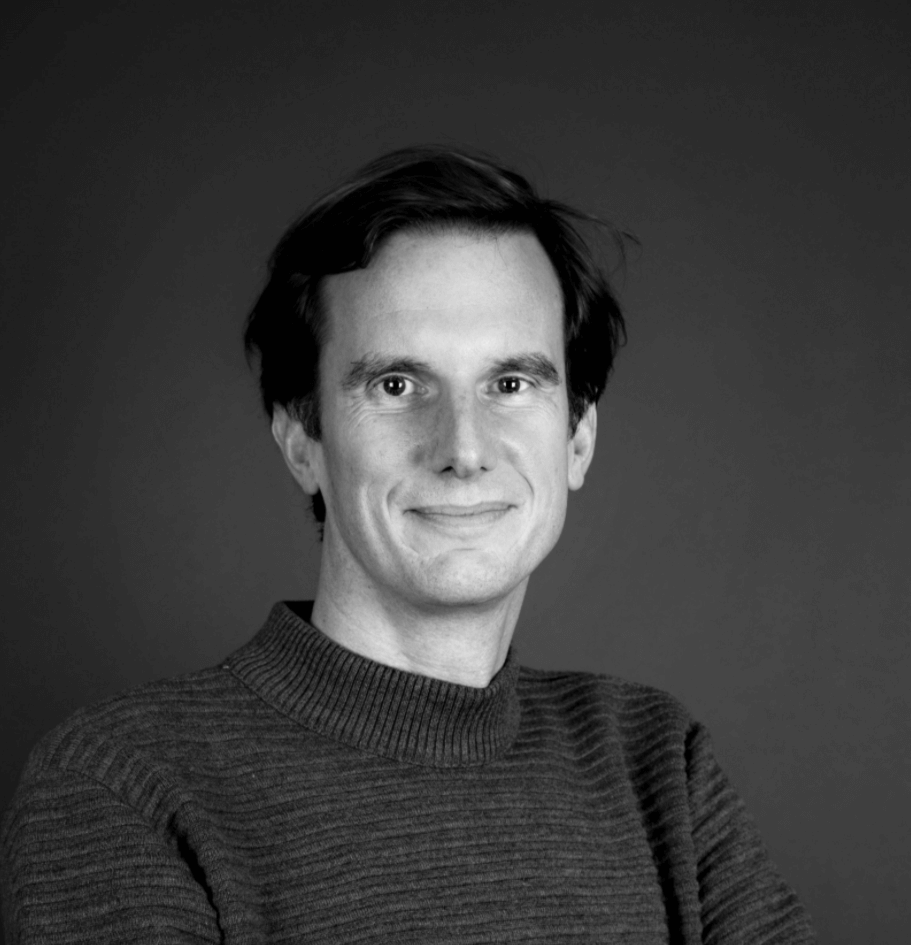When mathematical optimization, machine learning and energy meet
“We are basically quantifying crucial issues like energy patterns or global emissions at planet scale, using cutting-edge science and a new generation of satellites. If you’re a scientist, this is like crack cocaine,” said Alexandre d’Aspremont, a leader in the field of mathematical optimization and co-founder of Kayrros, with a laugh.
Alexandre joined Kayrros when it was just an idea. After spending 20+ years specializing in mathematical optimization and machine learning, jumping between the US and Europe in academia — with a touch of finance and industry — Alexandre received a phone call from his first boss, back from his internship days in London. The call was about the idea for a new company, and the caller? Jean-Michel Lasry, an esteemed French mathematician and another co-founder of Kayrros.
The idea was to quantify the energy market, using satellite imagery and machine-learning algorithms to extract data from the ground, that had previously been opaque. He was in.
Alexandre is a global leader in the field of mathematical programming and machine learning, researching and teaching between France’s Centre Nationale de la Recherche Scientifique (CNRS) and Ecole Normale Superieure (ENS), one of France’s top “grandes écoles.” To Kayrros, Alexandre is a guiding force in the company’s signal processing and machine-learning capabilities.
“Machine learning is basically about automating somewhat abstract tasks, like image or text classification. You teach a machine how to imitate a human on a certain number of well-defined tasks, like classifying images or recognizing objects.
“For us at Kayrros, this is crucial. For a lot of our products, we want to automatize the treatment of images — satellite imagery in particular — and machine learning is extremely good at doing exactly that. Well-defined, specialized tasks on relatively rich information sets, mixing images and data from other sensors. That’s exactly what machine learning was built for,” Alexandre explained.
But for Alexandre, Kayrros represents something more than just machine-learning, an opportunity to toe the line between theory and industry.
“If you can mix interesting theory with stuff that has direct industrial applications, I think it’s highly rewarding, because you then cover the full pipeline from theory to practice, and there aren’t that many fields where you can do that relatively easily. In optimization or machine learning, there’s really a continuum of work between theory and industry, and the interface between the two is very thin. So you end up talking a lot to practitioners, you work on real datasets, you work in a very broad set of disciplines, like physics, imaging molecules, biology, sequencing DNA, natural language processing and others, so the diversity of applications is quite fascinating,” explained Alexandre.
The mix between theory and practice is one that is woven through the fabric of Kayrros, which is reflected in the company ethos; create new technologies with successful commercial applications.
“In research you’re focused on being the first to make something work at least once. In a sense, that’s very different from industry, where you want to be the first to make something work all the time. And there’s a really significant gap between the two.
“You can see this in autonomous cars, right? People got over-excited, and they were able to run amazing demos, but moving to something that works all the time and that you can realize in traffic is a completely different story. And people sort of claimed that the gap was a few years, but I’m sure that it’s a lot more than that.
“If you want to have an impact, you need to produce numbers in realtime, continuously monitoring sites worldwide. For us, this is a very important challenge. And it’s something that people in academia are not used to doing, because they simply do not have the resources to access the data. So it’s really a difference in mission between academia, which is pushing the envelope, and industry, which is making things work in real life. To reconcile the two is I think the main challenge in a high-tech industry,” Alexandre said.
Kayrros is unrolling new technological capabilities that transcend those of the energy market, applying Earth observation analytics and machine learning to a dynamic array of applications around the world. One of these new capabilities is emissions monitoring. Kayrros sources Sentinel-5P data to monitor concentrations of gases and pollutants surrounding industrial plants — but this is just the beginning.
“I think the emissions project is a great example because it’s a commercially-meaningful project with extraordinary impact at the planetary scale. It’s an important global issue now and the project happens to have a shot at becoming a really viable commercial product.”
Quantifying Earth observation is not a mission that can be done by hand. That’s where machine learning makes this possible.
“I think the current models on emissions don’t exploit the full potential of machine learning applied to satellite imagery. This is something that people haven’t really started doing on emissions yet at an industrial scale. There is a lot of interest for machine learning expertise from academia on the emissions side, because they have the expertise in the traditional fields, such as fluid mechanics and atmospheric models, but they do not have the expertise on machine learning,” Alexandre explained.
Having such powerful leadership behind the company pushes the boundaries of potential into new ground, bringing new theories and deep expertise into Kayrros directly from the lab. The right application of mathematics and machine learning has the power to change how we measure our world, bringing greater understanding in a time where the Earth, and particularly climate change, are at the center of a global focus. Greater understanding propagates greater change. The future starts now.

